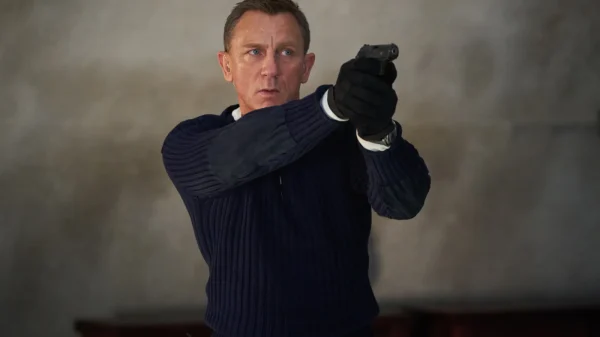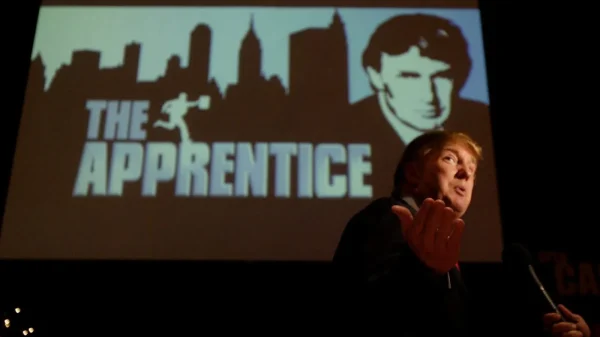Stephen King‘s iconic novel It has left readers in a state of shock and awe with its unforgiving portrayal of childhood traumas and the horror that lurks in the dark alleys of Derry’s haunted history. The novel’s length, clocking in at 1,153 pages, is a testament to King’s meticulous attention to detail, weaving a world of interconnected characters and their struggles against the demonic Pennywise the Dancing Clown. The 2017 film adaptation, directed by Andy Muschietti and starring Bill Skarsgård as Pennywise, brought the novel’s monstrous horror to life on the big screen, 27 years after the original TV miniseries adaptation.
A particularly disturbing scene in the novel has been the subject of much discussion and debate among King fans. The scene in question takes place towards the end of the novel, where the six male members of the Loser’s Club, led by Beverly, engage in a sexual encounter within Derry’s old underground sewer tunnels. The idea is Beverly’s, and despite initial protests from the boys, she gently guides them through the process, each boy taking his turn with her in a sequence of explicit descriptions that span the next seven pages of the novel.

Stephen King’s It (Image via Getty)
While King’s intentions behind the scene remain unclear, some readers have posited that it may serve as a metaphor for children forced to grow up too quickly due to the traumas they’ve endured. However, it is difficult to imagine a film adaptation of this scene being anything other than catastrophic and unnecessary. The novel’s written-word form allows readers to fill in the blanks or tone down the details to a greater extent, whereas a film adaptation would require graphic depictions that would be off-putting to audiences.
King himself has noted that the sexual aspect of the scene was not really at the forefront of his mind while writing it, and that the book deals with themes of childhood and adulthood, with the sexual act serving as a connection between the two. He also acknowledged that times have changed since the scene was written, and that there is now greater sensitivity to the issues presented. While the scene may serve as a reminder of the novel’s ability to push boundaries that would be impossible for a film adaptation to replicate, it is difficult to see how such a scene would be received by contemporary audiences.
























